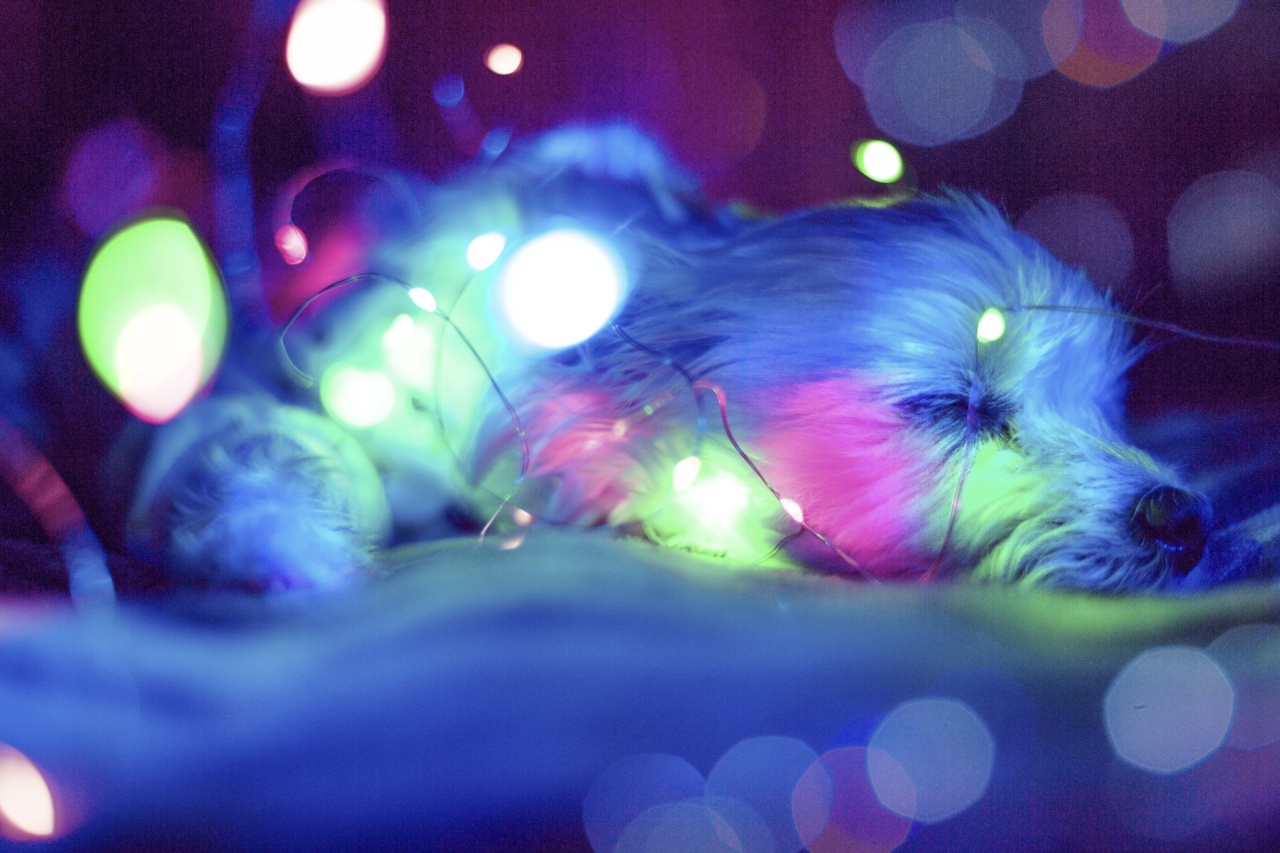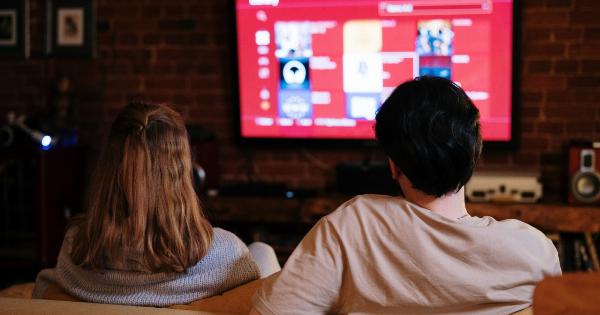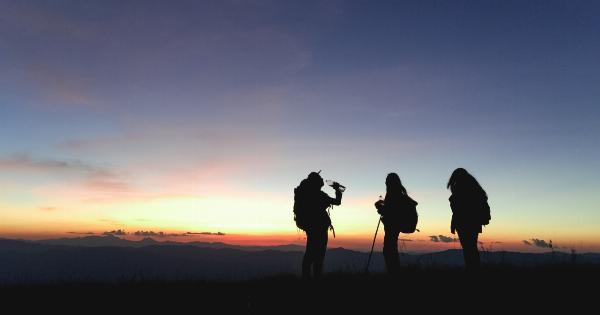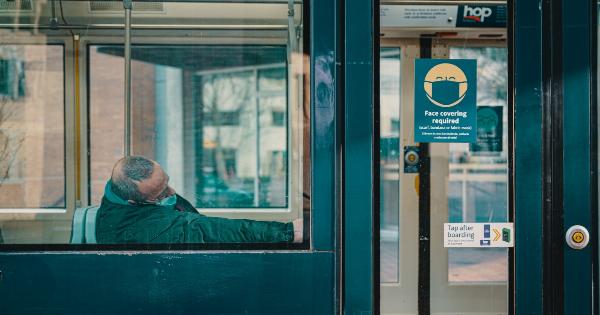Many of us grew up with the common fear of sleeping in complete darkness. Turning off the lights before going to bed can create a sense of vulnerability, leading many individuals to keep at least a small light source on throughout the night.
While it may provide a sense of security, sleeping with the lights on can have several detrimental effects on our health and well-being. In this article, we will explore the dangers and potential risks associated with sleeping with the lights on.
1. Disrupted Sleep Patterns
Exposing your body to light while trying to sleep can disrupt your natural sleep-wake cycle, also known as the circadian rhythm. The presence of light, even in small amounts, sends signals to your brain to stay awake and alert.
This can make it harder to fall asleep and stay asleep throughout the night, leading to restless nights and daytime drowsiness.
2. Decreased Melatonin Production
Excessive exposure to light, especially blue and white light emitted by electronic devices and LEDs, can suppress the production of melatonin.
Melatonin is a hormone released by the body in response to darkness, signaling your brain that it’s time to sleep. When you keep the lights on while sleeping, the production of melatonin is disrupted, making it difficult for you to achieve a deep and restful sleep.
3. Increased Risk of Depression
Research suggests that sleeping with the lights on can increase the risk of developing depression.
Exposure to artificial light at night disrupts the body’s biological clock, altering the production of serotonin, a neurotransmitter responsible for maintaining a healthy mood. The lack of serotonin can lead to mood disorders and increase the likelihood of developing depressive symptoms.
4. Negative Impact on Circadian Rhythm
The circadian rhythm plays a crucial role in regulating various physiological processes in our bodies, including hormone production, body temperature, and metabolism.
Sleeping with the lights on can disrupt this delicate balance, leading to hormonal imbalances, irregular body temperature, and potential weight gain or difficulty losing weight.
5. Impaired Cognitive Function
Adequate sleep is essential for maintaining cognitive functions such as attention, memory, and problem-solving abilities.
Sleeping with the lights on can interfere with the quality of your sleep, leading to impaired cognitive function and reduced mental performance. It can make it harder for you to concentrate during the day and affect your overall productivity and efficiency.
6. Eye Strain and Vision Problems
Constant exposure to bright light while sleeping can cause eye strain and potentially lead to vision problems over time. The excessive light can strain the eye muscles and cause dryness, irritation, and discomfort.
Prolonged exposure to artificial light sources can also increase the risk of developing conditions such as myopia (nearsightedness) and astigmatism.
7. Increased Risk of Chronic Diseases
Recent studies have linked sleep disturbances, including those caused by sleeping with the lights on, to an increased risk of chronic diseases.
Disrupted sleep patterns can contribute to conditions such as heart disease, obesity, diabetes, and even certain types of cancer. It is crucial to prioritize quality sleep without excessive exposure to light to maintain optimal health.
8. Disturbed Hormonal Balance
Light exposure during sleep can disrupt the normal secretion of hormones that regulate different bodily functions.
For instance, disrupted melatonin production can affect the functioning of other hormones, including cortisol, insulin, and growth hormone. This hormonal imbalance can have far-reaching effects on your overall health and may contribute to various physical and mental health conditions.
9. Increased Difficulty Falling Asleep
One of the most direct consequences of sleeping with the lights on is the increased difficulty in falling asleep. The presence of light can stimulate your brain, making it harder for you to relax and drift off into sleep.
This can lead to frustration, anxiety, and potentially insomnia if the issue persists over time.
10. Sleep Disruptions in Children
While the dangers of sleeping with the lights on apply to individuals of all ages, children are particularly susceptible to the negative effects.
Excessive light exposure during sleep can disrupt their developing circadian rhythms, lead to irregular sleep patterns, and affect their overall sleep quality. Ensuring a dark and conducive sleep environment is crucial for children’s healthy growth and development.
Conclusion
While many individuals find comfort in sleeping with the lights on, it is essential to consider the potential dangers associated with this habit.
From disrupted sleep patterns and decreased melatonin production to an increased risk of depression and chronic diseases, the negative effects of sleeping with the lights on can significantly impact our physical and mental well-being. Taking steps to create a dark and relaxing sleep environment can promote optimal sleep and help us maintain good health in the long run.





























